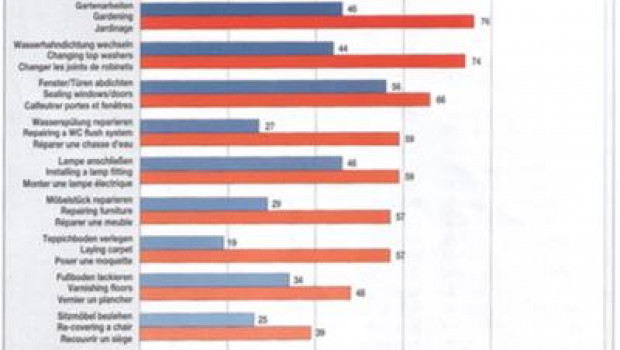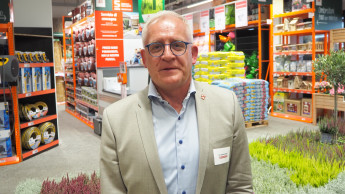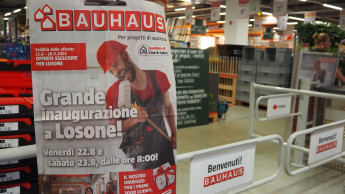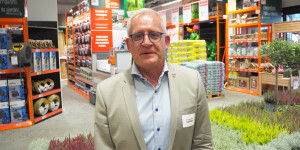Do-it-yourself activities developed at an explosive rate in France between 1969 and 1999. This is the conclusion reached by a representative market survey commissioned by Castorama and carried out by the IFOP institute
When the IFOP made its first analysis of the French DIY market thirty years ago the number of non-DIYers in France came to about 45 per cent; today’s estimate of this group suggests a total of between 15 and 20 per cent. The profile of DIYers has also changed. Whereas in 1969 the typical DIYer was a man of modest means with a house of his own in the provinces, today’s DIYers form more than 80 per cent of the population. DIY activities concern everyone without exception. The number of women has risen as well, with 93 per cent declaring their involvement in DIY projects or gardening nowadays.
At first sight it seems contradictory that more of the French put themselves in the category of beginner while at the same time the number considering themselves experts has increased. This phenomenon can be explained by the fact that ever more people are turning to DIY, that each is taking on an ever-increasing number of tasks and these tasks are becoming increasingly demanding, some even developing into large-scale projects. After all, 42 per cent dream of repairing their dilapidated houses and 21 per cent of building their own home.
The volume of tools has grown parallel to the DIY boom. In 1969 26 per cent owned a power drill, in 1999 this figure was 80 per cent.
Whilst it is true to say that economic reasons are still the decisive factor in the growth of DIY today, just as they were 30 years ago, an added factor is the pleasure obtained from the ability to do things yourself. This is shown very clearly in gardening activities, wallpapering and painting, repairing furniture or laying carpets.
For 57 per cent of the French population doing-it-themselves gives them a great deal of pleasure, while only 18 per cent declare that they really dislike everything to do with DIY. At any rate it is clear that DIY in France is two-dimensional: one dimension is economic and the other enjoyable. For 93 per cent it is a means of saving money, but just as many of the French see DIY as a means of creating their own personal living environment. To 88 per cent it is a way of expressing their creativity and for 71 per cent a means of getting rid of stress.
The fact that not more DIY projects are undertaken stems more from a lack of time (45 per cent) than from a lack of competence (24 per cent) or reasons of cost (17 per cent).
DIY consequently occupies the position of an easily accessible leisure activity for everyone.
Upon being questioned about the future 89 per cent were of the opinion that more and more women would turn to DIY. They also expect the overall number of DIYers to rise (81 per cent) and to become more creative (71 per cent). Tools will become lighter and even easier to use in the opinion of 88 per cent. 56 per cent are convinced that DIYers will increasingly tend to join DIY clubs or attend special courses (54 per cent). It is stated by 87 per cent that it is never too early to impart knowledge about DIY: they are of the opinion that courses should be available at school already.
For the future the French would like DIY superstores to offer them more advice and training (54 per cent), stronger interaction between customers and sales staff (50 per cent), an advisory hot line and after-sales service (32 per cent) as well as more frequent contact with professionals (30 per cent) and a stronger presence on the Internet (13 per cent).

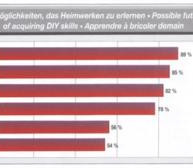

 Menü
Menü




